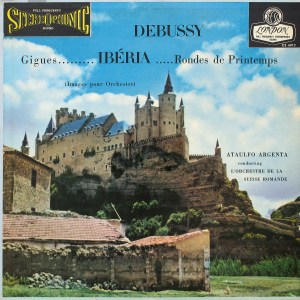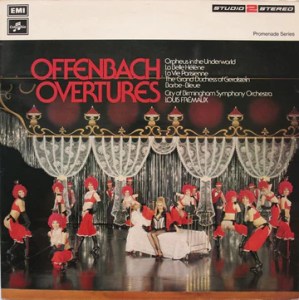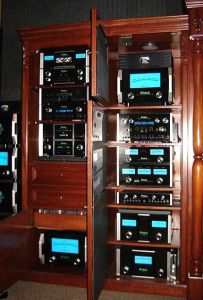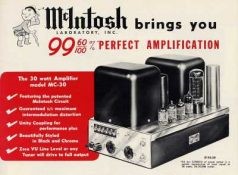More of the music of Rimsky-Korsakov (1844-1908)
Reviews and Commentaries for the Music of Rimsky-Korsakov
- Reiner and the Chicago Symphony’s performance of this dazzling symphonic suite returns to the site on this vintage White Dog pressing that boasts outstanding Double Plus (A++) Living Stereo sound or close to it from first note to last
- We guarantee there is more richness, fullness, and performance energy on this copy than others you’ve heard, and that’s especially true if you own any of the Heavy Vinyl pressings that are currently on the market
- Our favorite Scheherazade for about the last 15 years or so has been the one Ansermet conducted for Decca in 1961, but the roller-coaster excitement Reiner and the CSO bring to the fourth movement is something very special
- True, the side with the fourth movement earned a minimal Hot Stamper grade of 1.5+, but we still guarantee that it will beat the pants off any Heavy Vinyl reissue, because every one of those that we played was ridiculously opaque, muddy and thick enough to have us crying “uncle” after five minutes (reviews available on the blog)
- Marks and problems in the vinyl are sometimes the nature of the beast with these early pressings – there simply is no way around them if the superior sound of vintage analog is important to you
We did a monster shootout for this music in 2014, one we had been planning for more than two years. On hand were quite a few copies of the Reiner on RCA; the Ansermet on London (CS 6212, his second stereo recording, from 1961, not the earlier and noticeably poorer sounding recording from in 1959); the Ormandy on Columbia, and a few others we felt had potential.
The only recordings that held up all the way through — the fourth movement being the Ball Breaker of all time, for both the engineers and musicians — were those by Reiner and Ansermet. This was disappointing considering how much time and money we spent finding, cleaning and playing those ten or so other pressings, but such is the nature of our business.
TAS List
Harry Pearson put this record on his TAS list of super discs.
Of course, the fact that a recording is on the TAS list doesn’t guarantee that the pressing you buy will have great sound, but Better Records does precisely that. If you don’t think a record sounds as good as we’ve described it, we’ll always happily take that record back and refund your money.

 Hot Stamper Classical and Orchestral Pressings Available Now
Hot Stamper Classical and Orchestral Pressings Available Now



 Not the ones that should sound the best. The ones that actually do sound the best.
Not the ones that should sound the best. The ones that actually do sound the best.


 Ansermet’s performance is clearly definitive to my ear as well. The gorgeous hall the Suisse Romande recorded in was possibly the best recording venue of its day, possibly of all time; more amazing sounding recordings were made there than any other hall we know of. There is a richness to the sound that exceeds all others, yet clarity and transparency are not sacrificed in the least. It’s as wide, deep and three-dimensional as any, which is of course all to the good, but what makes the sound of these recordings so special is the weight and power of the brass and the timbral accuracy of the instruments in every section.
Ansermet’s performance is clearly definitive to my ear as well. The gorgeous hall the Suisse Romande recorded in was possibly the best recording venue of its day, possibly of all time; more amazing sounding recordings were made there than any other hall we know of. There is a richness to the sound that exceeds all others, yet clarity and transparency are not sacrificed in the least. It’s as wide, deep and three-dimensional as any, which is of course all to the good, but what makes the sound of these recordings so special is the weight and power of the brass and the timbral accuracy of the instruments in every section.

 More of the Music of Felix Mendelssohn
More of the Music of Felix Mendelssohn A stereo that sounds like an old console, even one that has expensive new components — there are plenty of those sitting in audiophile’s listening rooms, bathing the listeners in an artificial blue light, perhaps as artificial as the quality of the sound — is perfect for all your bad sounding Golden Age recordings. The signal goes in one end of the electronics and not much of it comes out the other, or at least not much of the good stuff comes out the other.
A stereo that sounds like an old console, even one that has expensive new components — there are plenty of those sitting in audiophile’s listening rooms, bathing the listeners in an artificial blue light, perhaps as artificial as the quality of the sound — is perfect for all your bad sounding Golden Age recordings. The signal goes in one end of the electronics and not much of it comes out the other, or at least not much of the good stuff comes out the other. You can find this one in our
You can find this one in our 